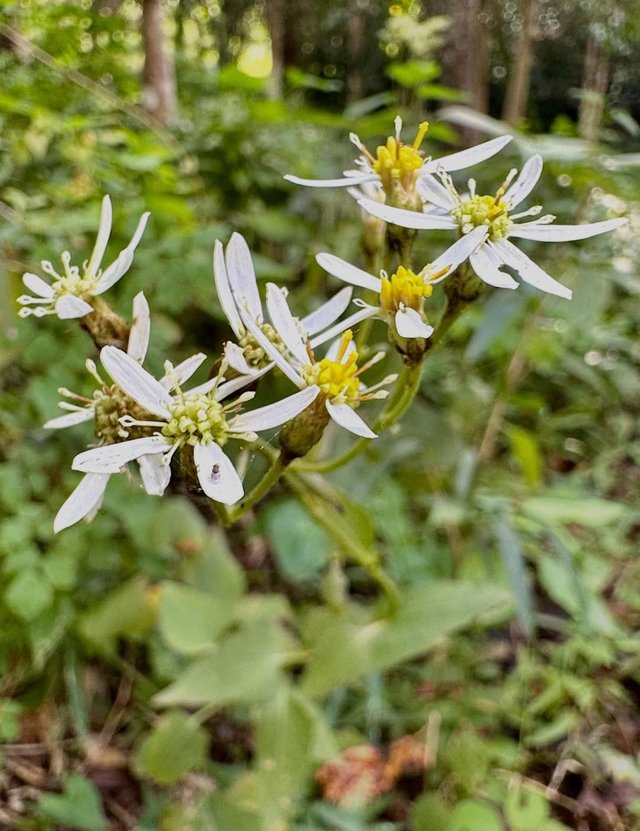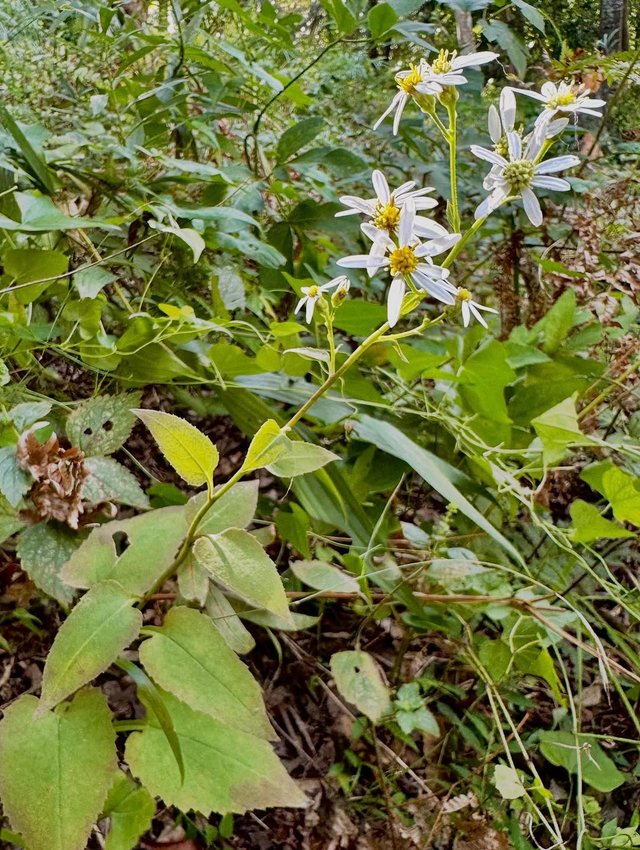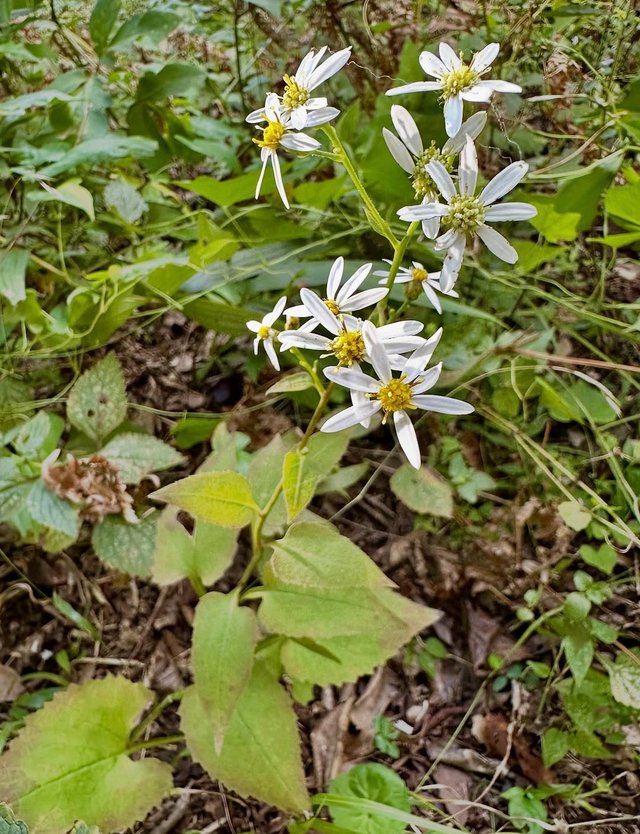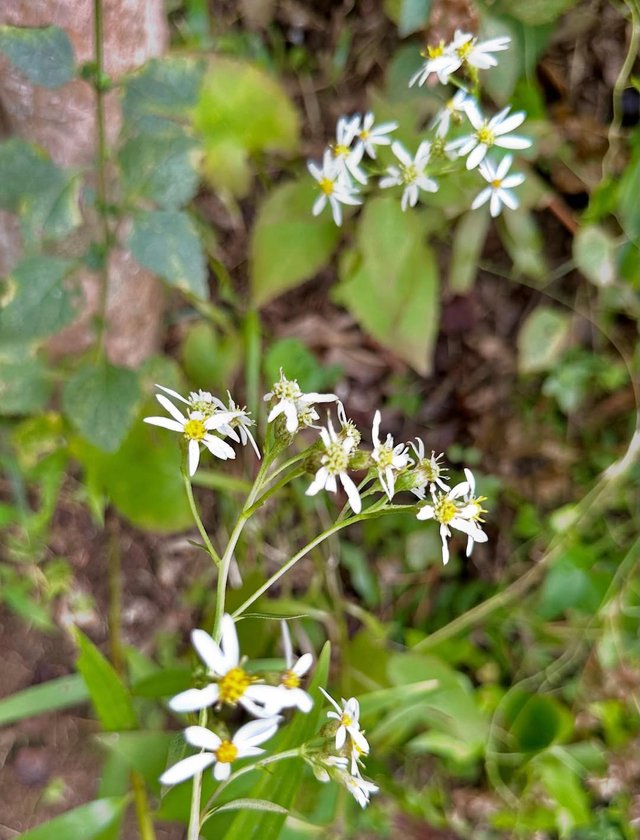Parasol whitetop Flower
Parasol whitetop is commonly found in moist meadows, wetlands, stream banks, and open woods, thriving in areas with full to partial sunlight and consistently damp soil. The plant typically grows between 3 to 6 feet tall, with sturdy upright stems and lance-shaped leaves that are alternately arranged along the stem. Its most distinctive feature is its clusters of small white flowers that resemble delicate parasols, blooming from mid to late summer into early autumn. Each flower cluster contains numerous florets, attracting a wide variety of pollinators including bees, butterflies, and other beneficial insects, making it an ecologically valuable species.
This plant plays an important role in supporting biodiversity, as it provides nectar and pollen for late-season pollinators at a time when other flowers begin to fade. Its tall structure and dense foliage also offer habitat and shelter for small insects and wildlife. In natural landscaping and restoration projects, parasol whitetop is valued for its ability to thrive in wet soils and stabilize stream banks, preventing erosion. Gardeners who favor native plants often incorporate it into wildflower gardens or pollinator-friendly landscapes, where it adds height, texture, and a graceful late-season display. Unlike some invasive species, parasol whitetop integrates well into diverse plant communities without overwhelming other flora, maintaining balance within ecosystems.



